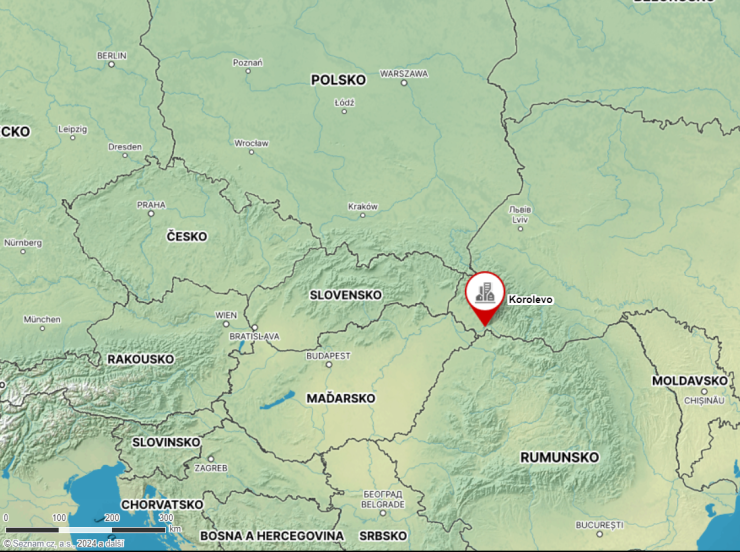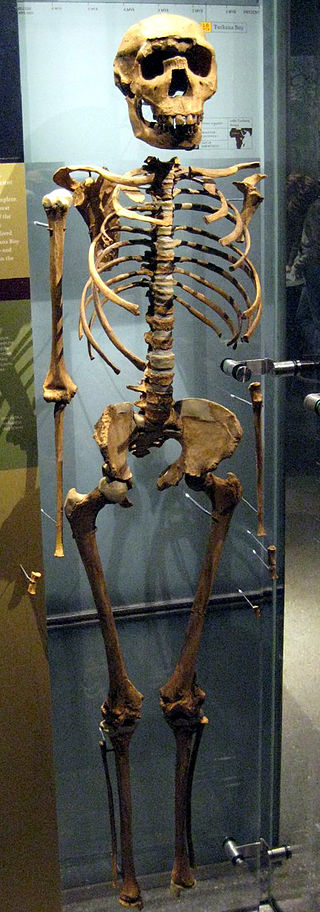🤣🤣
A discovery that will rewrite the textbooks: Europe's oldest human settlement is 1.4 million years old
Categories: Nálezy nejenom s detektorem kovů ve východní Evropě
An international team led by Roman Garba from the Institute of Nuclear Physics of the CAS and the Institute of Archaeology of the CAS has discovered the oldest known human settlement in Europe near Korolev in western Ukraine. Until now, the oldest finds were thought to be in Atapuerca, Spain, which is 200 to 300 thousand years younger. Moreover, it is the northernmost occurrence of upright humans in the world. The study also confirms for the first time that humans came to Europe from the east or southeast.
Fifty years ago, worked stone tools were found in a local quarry, but only now it was possible to determine their exact age through mathematical modelling combined with applied nuclear physics. For four years, a team of experts from five countries and ten research institutions from around the world collaborated on the research. State-of-the-art technologies were used for the measurements, bringing together different disciplines to learn about the past, some of which were used for the first time in archaeology.
First, samples of stone boulders from the oldest excavated layer were chemically processed and measured by scientists from the Czech Republic and Germany at the Helmholtz Centre's research institute using the accelerator mass spectrometry method. Dating using cosmogenic nuclides is able to determine ages of up to five million years from very few atoms.
"Before the overlapping of rocks by layers of spatter and palaeo-soils, these radionuclides were produced by nuclear fission reactions in rocks by the effect of the second...which are formed in the atmosphere by the action of primary cosmic rays from space. Their ratio changed depending on how long the studied stone boulders from Korolev were stored under the surface," explained study leader Roman Garba.
"We used two complementary dating approaches to calculate ages from measured concentrations of cosmogenic beryllium-10 and aluminium-26. Our own mathematical modelling-based method, known as P-PINI, produced the most accurate results. This project was the first use of it in an archaeological context," explained John Jansen of the GeophysicalInstitute of the CAS, who worked on the sediment dating in collaboration with Mads Knudsen from the University of Aarhus, Denmark.
"We know that the layer of silty sphagnum and palaeopods here reaches a depth of up to 14 metres and contains thousands of stone tools. Korolevo was an important source of raw material for their production," explained Ukrainian archaeologist and co-author of the study Vitalii Usyk from the Institute of Archaeology of the CAS in Brno: "Seven periods of occupation are represented at the particular site under study, although at least nine different Paleolithic cultures have been recorded at the site: people lived here from the earliest ages until 30,000 years ago," added the scientist who participated in the research at Korolevo.
"Our earliest ancestor, upright man (Homo erectus), was the first to leave Africa around two million years ago, heading for the Middle East, Asia and Europe. The radiometric dating of the first settlement at the Korolevo site not only fills a large spatial gap between Georgia and Spain with the oldest finds to datebut also confirms the hypothesis that the people of the first wave of European settlement migrated from the east or southeast to the west," Roman Garba described the findings of the study and added: "Based on the calculated ages, the climate model and pollen data from the field, we identified three possible warm interglacial periods in which the first humans may have come along the Danube corridor.“
The town of Korolevo, with today's population of around ten thousand, lies between the right bank of the Tisza and the Romanian border. It was first mentioned in 1262, when King Stephen V. The town was named after the hunting lodge (in Hungarian "royal house"). However, the surrounding area was used from the earliest Paleolithic times until 30,000 years ago. Interestingly, Korolevo was part of Czechoslovakia between 1920 and 1938; then as Královo nad Tisou.
Roman Němec
Sources: avcr.cz, archaeology,com, nature.com, theguardian.com
 site near Korolev, near the Slovak border
site near Korolev, near the Slovak border
 map of the advance from Africa through eastern to western Europe
map of the advance from Africa through eastern to western Europe
 Research leader Ing. et Mgr. Roman Garba, Ph.D.
Research leader Ing. et Mgr. Roman Garba, Ph.D.
 accelerator mass spectrometer - overall view
accelerator mass spectrometer - overall view
 Accelerator Mass Spectrometer
Accelerator Mass Spectrometer

reconstruction of the skeleton of homo erectus
 model of the skull of homo erectus
model of the skull of homo erectus
 detail of the instrument with its original colour before weathering
detail of the instrument with its original colour before weathering
 detail of a 1.4 million year old tool
detail of a 1.4 million year old tool
 a heavily weathered Palaeolithic tool from the oldest layer
a heavily weathered Palaeolithic tool from the oldest layer
 remnant of a boulder from the date
remnant of a boulder from the date
The article is included in categories:










 (B)
(B)